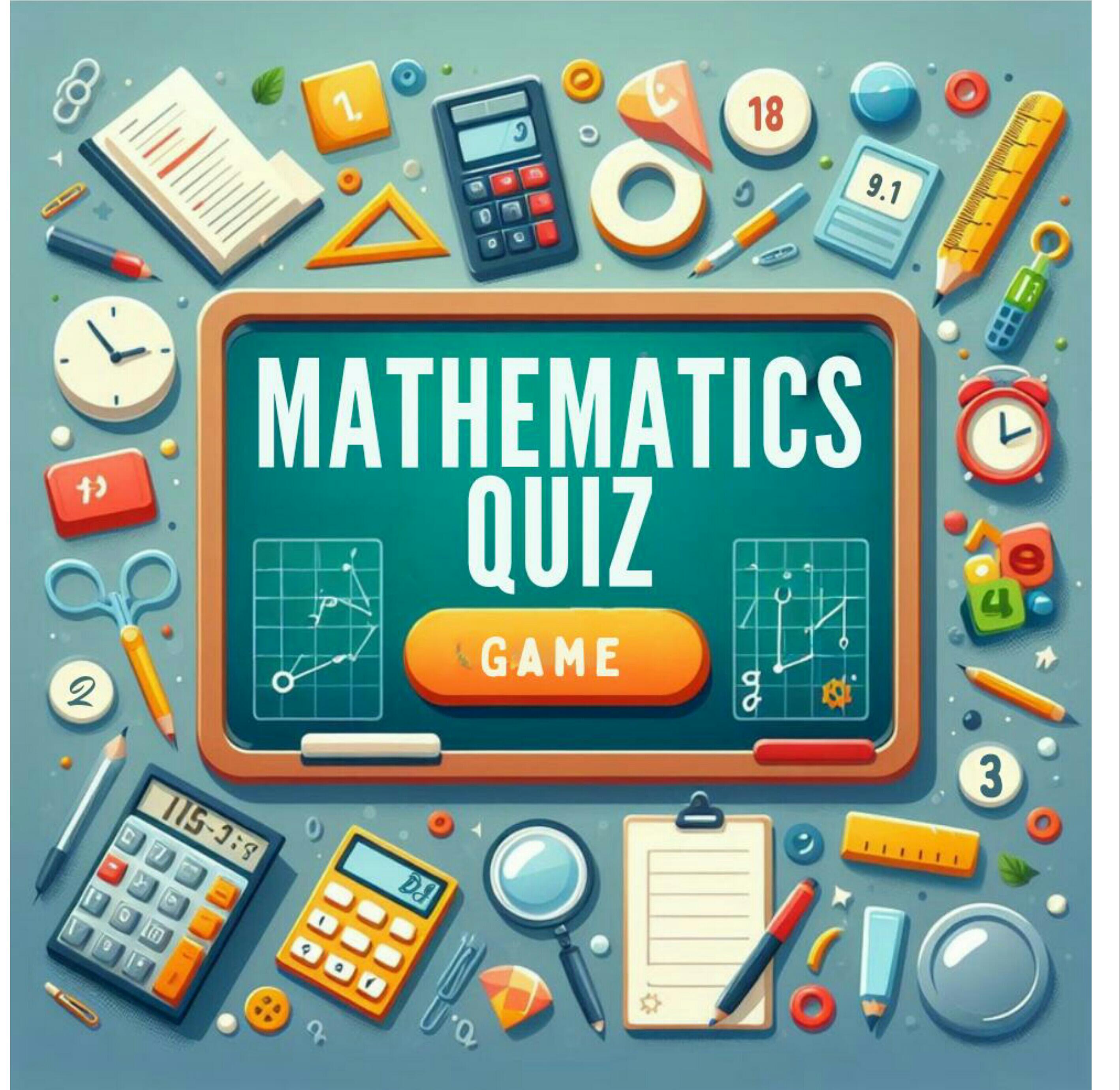An Introduction to Organic Chemistry

Quiz: Fullscreen Mode AN INTRODUCTION TO ORGANIC CHEMISTRY Complete Study Notes for Cambridge IGCSE Chemistry SECTION 16.1: Understanding Organic Chemistry Basics What Are Organic Compounds? Organic compounds are special chemicals that contain the element carbon . You can find them everywhere in your daily life! The food you eat (like bread, rice, and meat), your hair, plastic bottles, soap, and even medicines are all made from organic compounds. There are two types of organic compounds: Natural organic compounds - These come from nature, like the proteins in your hair or the sugar in fruits Synthetic organic compounds - These are man-made in factories, like plastics, detergents, and modern medicines Important Note: Not ALL compounds with carbon are organic! Carbon dioxide (CO₂) and calcium carbonate (CaCO₃) contain carbon but are NOT organic compounds. Wha...


